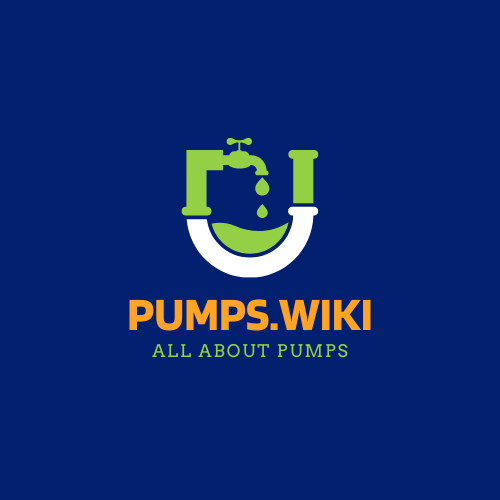Sump pumps are critical home protection systems designed to prevent basement flooding by redirecting excess water away from your foundation. However, like any mechanical device, they can experience various issues that compromise their effectiveness. This comprehensive guide will walk you through the most common sump pump problems and provide expert solutions.
Understanding Sump Pump Functionality
A sump pump operates by detecting water levels in a pit and automatically pumping water out when it reaches a certain height. When functioning correctly, it prevents water accumulation that could lead to significant structural damage.
Common Sump Pump Issues and Solutions
1. Float Switch Malfunctions
Float switches are crucial components that trigger the pump’s activation. Common problems include:
– Stuck or stiff float switches
– Incorrect float positioning
– Mechanical wear and tear
Troubleshooting Tips:
– Inspect float switch movement
– Clean and lubricate moving parts
– Check for proper alignment
– Replace if significant damage is detected
2. Drainage and Clogging Problems
Drainage issues can severely impact pump performance:
– Blocked discharge lines
– Accumulated debris in the sump pit
– Frozen exterior discharge pipes
Prevention Strategies:
– Regular pit cleaning
– Install debris screens
– Ensure proper pipe insulation
– Use check valves to prevent backflow
3. Electrical and Power-Related Challenges
Electrical problems can render your sump pump ineffective:
– Tripped circuit breakers
– Faulty electrical connections
– Inadequate power supply
Diagnostic Steps:
– Check GFCI outlets
– Inspect electrical connections
– Test voltage and continuity
– Consider backup power systems
4. Pump Performance Issues
Symptoms of declining pump performance include:
– Slow water removal
– Unusual noises
– Intermittent operation
– Continuous running
Potential Causes:
– Worn impeller
– Motor degradation
– Incorrect pump sizing
– Sediment buildup
5. Seasonal Considerations
Different seasons present unique challenges:
– Winter: Risk of freezing discharge lines
– Spring: High water table and increased rainfall
– Summer: Potential drought conditions
Seasonal Maintenance Tips:
– Insulate exterior pipes
– Clean sump pit before rainy seasons
– Check pump capacity
– Consider battery backup systems
Advanced Troubleshooting Techniques
Diagnostic Procedures
- Perform regular visual inspections
- Conduct water flow tests
- Monitor pump cycling frequency
- Listen for unusual sounds
When to Replace vs. Repair
Consider replacement if:
– Pump is over 7-10 years old
– Repair costs exceed 50% of new pump price
– Consistent performance issues persist
Professional Intervention
While many issues can be DIY-resolved, some situations require professional expertise:
– Complex electrical problems
– Structural drainage issues
– Persistent flooding
Preventative Maintenance Checklist
- Quarterly pit cleaning
- Annual professional inspection
- Test pump functionality
- Lubricate moving parts
- Check backup battery systems
Conclusion
Effective sump pump maintenance requires proactive monitoring, regular inspections, and timely interventions. By understanding common issues and implementing preventative strategies, homeowners can protect their properties from water damage and ensure reliable pump performance.
Pro Tip: Always keep a maintenance log and schedule regular check-ups to catch potential problems early.
Recommended Equipment
- Backup battery system
- Water alarm
- Debris screens
- High-quality check valves
By following these comprehensive guidelines, you’ll maximize your sump pump’s efficiency and protect your home from potential water-related disasters.
